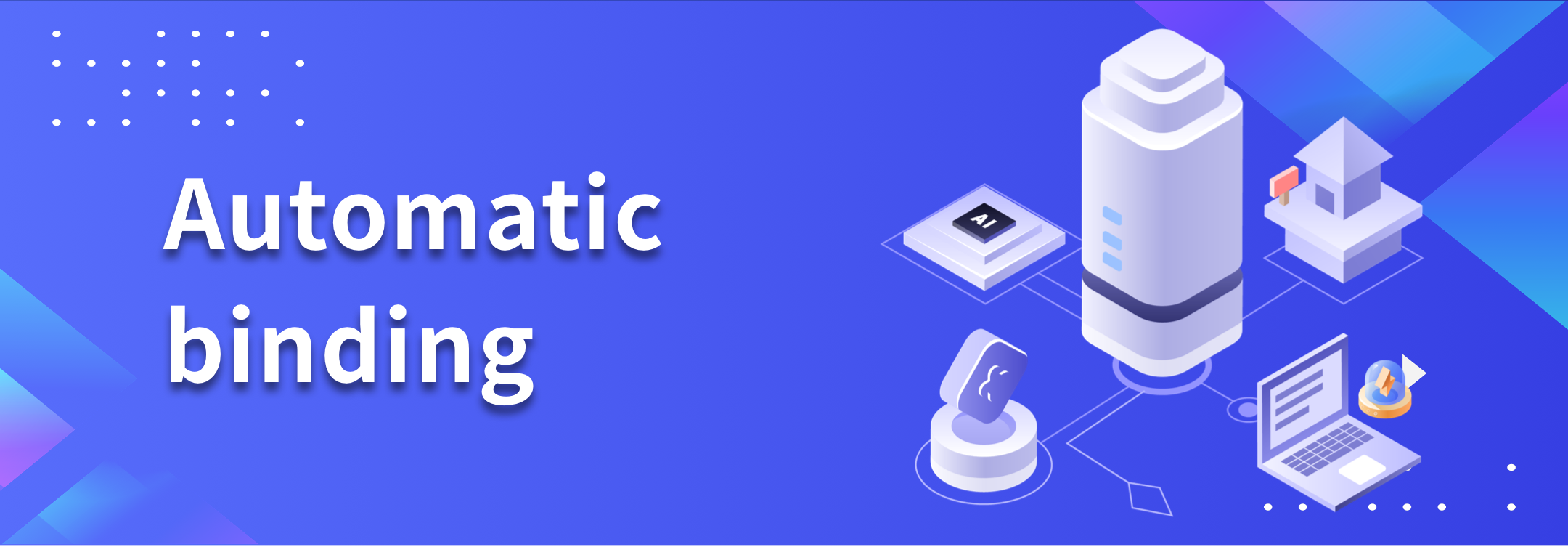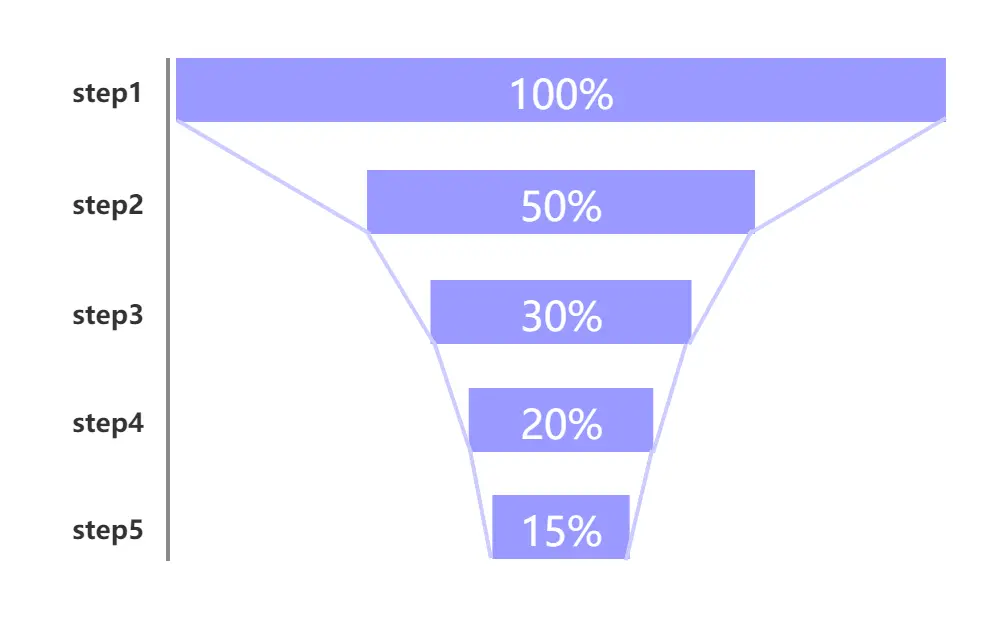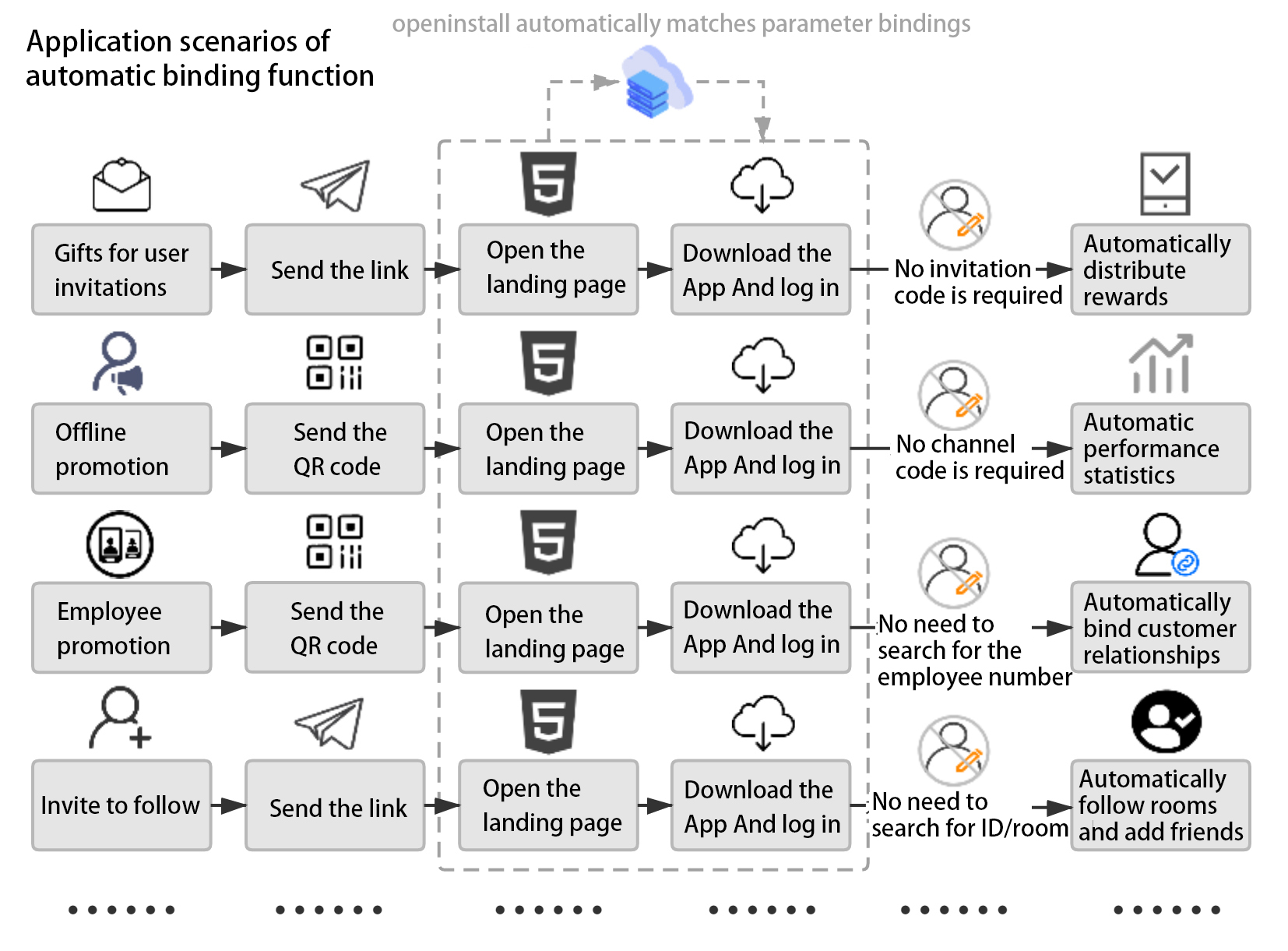
App automatically binds subordinate relationships
- 2025.5.14 14:59
- openinstall
- Scene Analysis
There are many methodologies for enhancing the user experience of products, but in fact, the room for optimization at the visual level is already quite limited. This requires us to combine emerging technologies and explore more usage scenarios based on technological innovation, so as to streamline and simplify product functions and operation processes. In particular, we should reduce the number of user operations, improve the coherent experience and usability of the product.
The “automatic binding” function we talked about today is a technology that can effectively reduce the number of user operations and simplify the product process.
How to Optimize the Operation Process
Generally speaking, the behavioral costs and scene transition processes that users incur during the product experience are what we call the operation process. For example, when going from home to the cinema to watch a movie, we need to go through five basic behaviors and three scene jumps, as shown below. There may also be additional operation costs such as buying food and going to the toilet during the process.
This is the same as the regular product experience process. Users always have to go through long – term operation behaviors and scene jumps in the App to form a complete product experience. Generally speaking, the formula for optimizing the operation process is mainly to reduce operation costs and minimize page transitions.
Which Scenarios Are Worth Optimizing
Of course, simplifying the operation process is not about blindly removing intermediate steps. If we just make subtractions in pursuit of efficiency, it may undermine the rationality of the business process. We can look for a suitable entry point in the App process for optimization, and the most effective one is the user’s first – time installation experience.
From the perspective of the platform, in order to connect certain business logics, sometimes it is necessary to extend the user’s operation process and sacrifice part of the user’s first – time installation experience. For example:
- In old – user – brings – new – user invitation activities, or when seeking KOLs or ground – push merchants to promote products, in order to obtain the invitation relationship between new users and inviters, new users are required to fill in the invitation code during registration.
- For insurance, real estate, finance and other service – industry Apps, in order to bind the performance of employees and new users for subsequent exclusive guidance or after – sales guarantee, users are also required to fill in their employee numbers for binding after installation.
Filling in various channel codes is essentially to meet the statistical needs of the platform, but it adds an extra step to the traditional installation journey. Although it is a very small step, in the marketing funnel, every additional operation step adds a layer to the funnel, and the user churn rate will increase significantly. Moreover, the operation cost of filling in the channel code also includes cognitive and learning costs, which raises the threshold for the user experience.

There are many similar user – relationship – binding scenarios. Social products, online games, and shared applications all have interaction requirements. After users install, they need to manually search for and add friends, and then enter the room. Some government – affairs and property – management Apps even require business personnel to manually register the number of promoted users for performance assessment.
Whether it is asking users to fill in invitation codes or business personnel manually registering, these are unfriendly first – time installation experiences. The automatic binding function we talked about today is a technology that can automatically bind the relationship between both parties after the user installs the App for the first time, thereby optimizing the user interaction experience and reducing page transitions.
How to Achieve Automatic Binding
From a technical perspective, to achieve automatic binding of user relationships, it is necessary to obtain the information of the initiator in advance during the invitation process. This information is similar to custom parameters such as promotion channel numbers, user IDs, and employee numbers. When a new user is invited to install the App and log in, this information can be automatically obtained and matched to complete the binding.
In practice, the App needs to integrate the openinstall sdk, and also configure the relevant js sdk on the sharing invitation page (promotion landing page) to write parameters such as the user ID of the initiator. In this way, the function of automatically binding user relationships after installation can be realized.
The application scenarios for this function implementation include at least:

- Automatically Obtain Invitation Rewards: When the inviter shares the invitation link, the invited person clicks and downloads the App for registration on the landing page, and can automatically receive the invitation reward. There is no need to fill in the code during login and registration, and no need to fill in the mobile phone number on the landing page. For example, in old – user – brings – new – user activities, rebate Apps, and promoter performance assessments, code – free invitations can be achieved, improving efficiency.
- Automatically Bind Distribution Hierarchies: Distributors can send landing pages with exclusive parameters to their peers or users to install the App, which can automatically develop subordinate distributors and bind the subordinate relationships of new users (automatically bind upper – lower – level or multi – level relationships). For example, it can be effectively applied in scenarios within three – level distribution such as Taoke – like models, master – apprentice systems, social e – commerce, KOL promotion, and teacher distribution.
- Automatically Add Social Relationships: When old users invite new users to download the App for interaction, as long as the installation is successful through the link, both parties will be automatically added as friends without the need to manually search for and add friends by ID. This is necessary for products that need to quickly establish social relationships, such as social products, online games, and shared applications.
- Automatically Bind Exclusive Services: For some Apps that require relevant employees to provide services, users can directly install the App through the link or business card QR code to automatically establish a service relationship without searching for the employee number for binding. For example, real – estate agents in real – estate Apps, customer managers in finance/insurance/bank Apps, and teacher – student relationships in online education Apps.
- Automatically Follow Internal Resources: Similarly, through the landing page, users can automatically follow resources within the App such as users and rooms after installation and login. For example, automatically follow live – broadcast rooms, big V bloggers, and self – media accounts.
Regarding more application scenarios of automatic binding, you can use your imagination. Based on this principle, you can build them according to the business logic of your own App, allowing users to complete the first – time experience without thinking and learning, quickly establish a relationship chain, and directly integrate into the business process. This will surely effectively reduce interaction costs and the churn rate.
In addition to automatically binding user relationships, this technology of identifying the installation source and carrying parameters during installation can also achieve multiple channel – statistical capabilities in business scenarios, such as advertising – effect statistics, channel – settlement statistics, social – sharing – effect statistics, and providing differentiated services based on the channel source.
In addition, in terms of reducing page transitions, you can also refer to the openinstall one – click launch (deep – link) function, which can directly jump to the target scene page after the user installs the App, avoiding the loss of user patience due to too many unnecessary page jumps and search processes.
Summary
From the perspective of the open nature of the mobile Internet, mobile applications will sooner or later usher in a more coherent and convenient operation pattern. For children or the elderly who are not proficient in using Apps, they no longer need to be familiar with the entire menu system, copy and remember channel codes, or manually search and add friends. You just need to give them a link, and they can automatically complete these operations with learning and cognitive costs by following the link.
At that time, the user experience and the mobile marketing pattern will present a different scene.
Recent Posts
- OpenInstall Omnichannel Multi-scenario Solution
- Having trouble acquiring users and achieving conversions for your app? Here are solutions based on real-world examples.
- openinstall: A solution for attribution and redirection from web to app (W2A).
- How to efficiently use app data statistics
- In today’s wave of social networks, how should developers make good use of omni-channel statistics?
- ASA Attribution Statistics: Breaking Through the Gap in iOS Customer Acquisition Data from a Developer’s Perspective, Making Advertising Decisions More Traceable
- Openinstall Core Function Usage Guid
- What benefits can a Web to App attribution solution bring?
- IMore than just “data calculation”: The underlying logic of APP channel agent statistics is the key to doubling conversion efficiency
- How to Use App Install Parameters for Channel Attribution



